Basic styles in decoupage
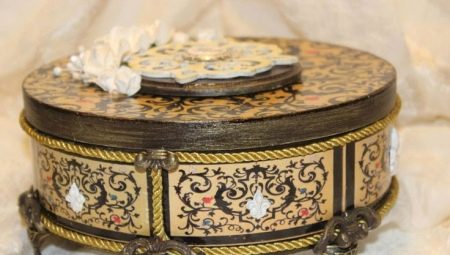
The technique of decorating a wide variety of objects, which has gained fame under the French name "decoupage", has become especially popular in the last decade. Children and adults are fond of decoupage, try different techniques, decorate trinkets and even massive furniture with their own hands. If you are also fascinated by the art of decoupage, it will be interesting for you to learn more about the styles of this technique.


Provence
Beloved by tourists from all over the world, the province in the south of France has given the world of design, interior transformations, and various types of arts and crafts dozens (if not hundreds) of reasons for inspiration. The Provencal style is a discreet antiquity filled with nobility, which harmoniously combines with the elegance of French design.
Whitewashed surfaces and pastel shades are the main signs of Provence.
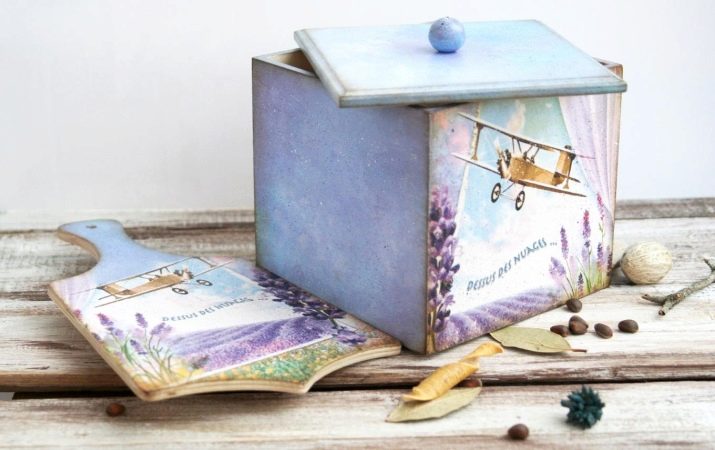
Almost all products made in this style have some abrasion, unevenness. As if the spirit of the times went through things, but did not make them old, the place of which is only in a landfill, but, on the contrary, turned them into a favorite retro. This artificial aging is actively used in decoupage. Decoupage in Provence style can be started with small things - decorating wooden combs, boxes, gradually getting closer to furniture.
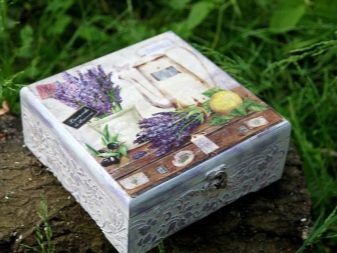
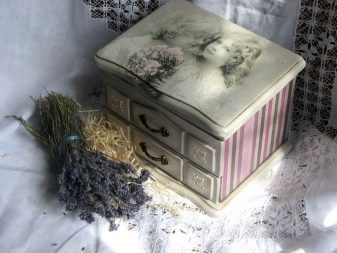
Shabby chic
The translation from English speaks for itself - shabby, shabby, that's what the word "shabby" means. Despite the unattractive name, it is difficult to find any other style, so gentle, quivering, beloved by aesthetes in many countries of the world. The style cannot be called old - it was only in the last quarter of the twentieth century that this trend emerged.
The following features are inherent in the shabby chic style.
- Delicate tones. He does not like bright shades, everything is done in some kind of artificial drag. These things seem to be from the haze of years, shrouded in the literal sense of the word in mystery, mystery, history.
- Slightly blurry drawings. Ancient images always lose their clarity (however, this is also characteristic of memories). Due to this, today we are thinking out their initial outlines, fantasizing and slightly idealizing the original image (and in the case of memories, an event).
- Floral ornaments. More than one decoupage master class uses floral ornaments, but shabby chic exploits them very often. Small and large flowers can be seen on wallpaper, curtains, furniture surfaces, and accessories. As if descended from retro postcards, they evoke nostalgia, sadness for what we did not find, but nevertheless these associations are pleasant to many - therefore, decoupage napkins are often used to decorate things in the style of shabby chic.
- Angels, birds, palaces - another top three motives for shabby chic. Along with English roses, outlandish birds in twisted cages and the outlines of beautiful palaces flaunt on vintage items.

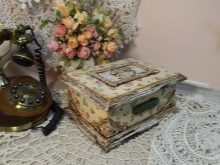
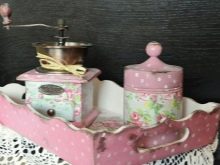
The furnishings in this style are cozy, very delicate and gentle. The bedroom will be pleasant, the things in which are made in the style of shabby chic - the best place for relaxation, tranquility and solitude.
Simplicity
This is the name of the style of a simple city. This is a democratic direction that does not abandon modern trends. This style attracts novice decoupage lovers due to the use of cheap materials. Newspapers and magazines (and modern ones) are the basis of the future decor.
If you are not a big fan of retro themes, but decoupage is interesting to you as an art, try yourself in simple city. The first job can be utilitarian. For example, decorate a bowl of cornflakes. Torn edges and deliberate negligence are inherent in the style.
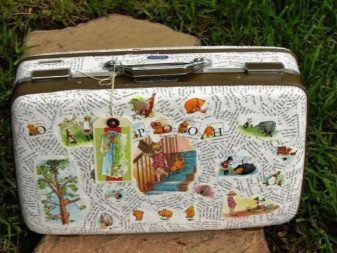
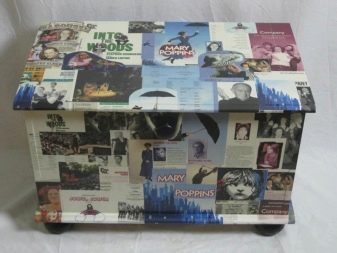
Victorian
Many decades have passed, and the aesthetics of the Victorian style still feeds the minds of designers, artists, writers, fashion designers. The era of Queen Victoria's reign has left us a great artistic heritage. If you want to decorate things in this style, get ready for the slogan "luxury plus classic". Austerity, minimalism, simplicity - this is everything else, alien to the Victorian style.
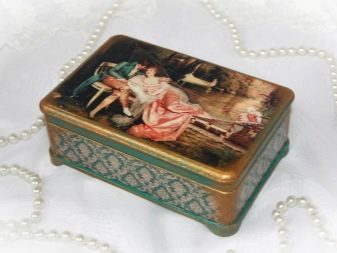
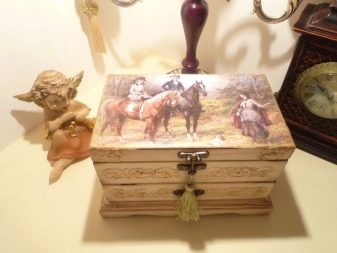
He does not avoid, but, on the contrary, zealously uses shades of gold, green, red. The style does not muffle these colors, but brings them to the fore. For the Victorian style, stripes and checks are especially dear - such ornaments are embodied both in the decor of small accessories and in the design of furniture.
As for the plots, plots with classic English roses, animals (maybe exotic), oak leaves and hunting scenes dominate here. At the same time, the stylization of the plots does not strive for simplicity, but, on the contrary, for the elaboration of every detail. I would like to take a large magnifying glass and do what Bosch's paintings offer us - to examine every little thing, every curl and stroke.
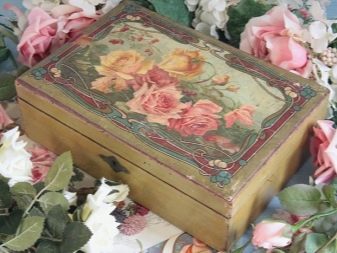
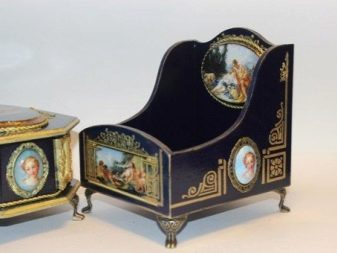
If you intend to fill your interior with Victorian-themed pieces, this is a claim to aristocracy.
Ethnic style
Everything is simple here - this is the national style. You can do Japanese-style decoupage (or other oriental), African, Mexican - whatever! The main thing is to remain committed to national motives. And this is a very interesting job, because decorating things in ethnic style, you are imbued with the history and culture of other countries, you become more aware.
Top directions for this style.
- Japanese. These motives are dominated by flowers (how to do without sakura), herbs, trees, butterflies, birds. The Japanese are known to be good for the environment. They see meaning in things that seem ordinary to us, not particularly significant. And this spirituality of all living things is well conveyed in decoupage. Japanese-style shades are dominated by neutrals - beige, white, cream, milky.
- Indian. This style glorifies the diversity of shades - bright crimson, orange, blue, turquoise, red-brown. Be sure to note in your decoupage works the unusual geometry of the images - often these are circles of different sizes. Not without supplementing with gold and silver.
- African... Probably, this is the greatest exotic among all ethnic styles. The texture is rough, the shapes are simple, all the colors speak of a hot climate. If you want to make a decorative plate using the African-style decoupage technique, be sure to include the performance of Gumilyov's poem "Giraffe" - the union of arts with a common source of inspiration always helps in work.
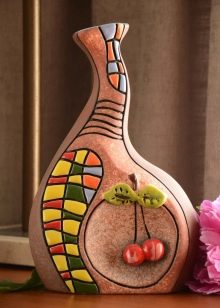
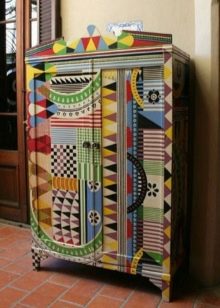
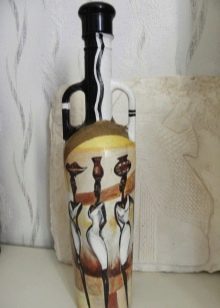
Where to use ethnostyles? There are no strict limits. If these are all the same decorative plates, decoupage will serve for the kitchen. If you are making an elegant jewelry box, it will decorate your bedroom dressing table.
Steampunk
This is a very interesting modern style, another name for which is paropunk. It is based on one of the directions of science fiction. It has many ramifications - for example, Victorian steampunk, dieselpunk, etc. Art here is closely intertwined with technical progress, using aesthetic touches of the loft style.
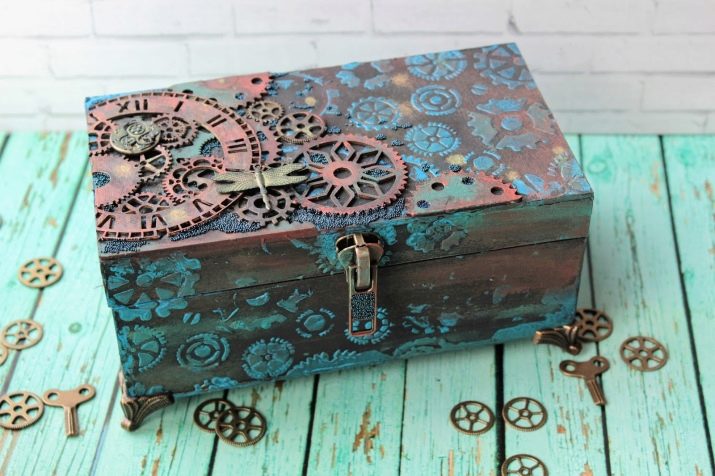
Style fans say that this is an interesting allusion to the topic of where technological progress would be moving if there were no electronics and plastics to this day. The style is special, quite complex, although some decoupage lovers use it in much simpler things - for example, in the decor of New Year's balls. It's a long way from loft interiors, but it's interesting too.
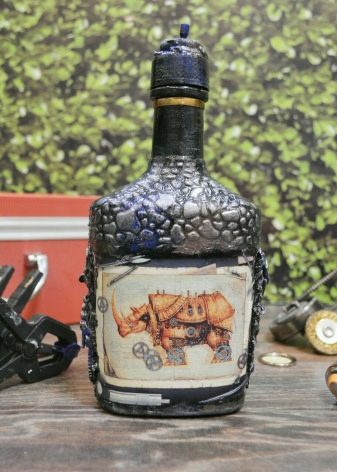
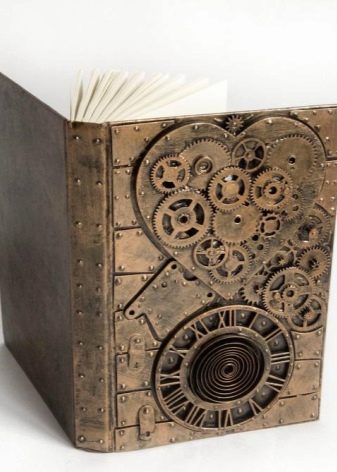
Sea style
You don't need to be an art critic to understand the commandments of the nautical style. Blue-white-blue gamut, leaving in turquoise, lightness, waves, freshness - a breeze blows from works in a marine style. If you miss the days spent on the seaside, why not embody a piece of your memories in decoupage products?
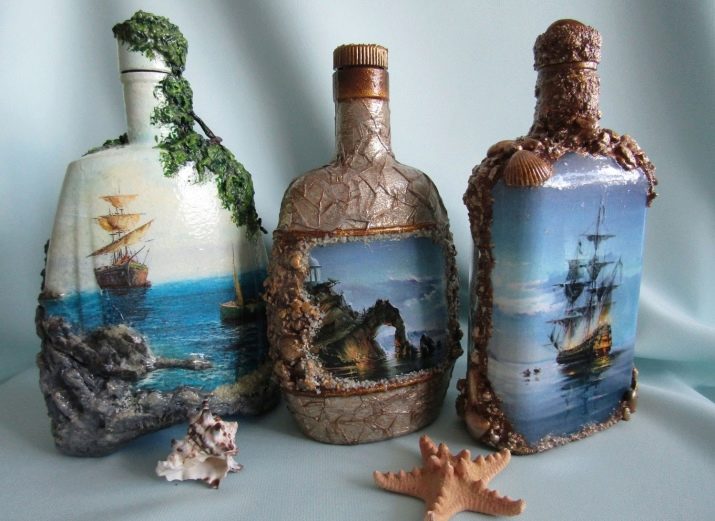
Some lovers of sea recreation purchase beautiful glass jars, pour sand from their favorite beach, shells, pebbles there, and decorate the jar with napkins in a marine theme.
A good and very vivid reminder of the sea!
Country
This style is adored by hundreds of thousands of people on the planet. Cozy, understandable, simple, and at the same time voluminous, by no means minimalistic. Someone likes the elegance of the Baroque, someone prefers to decorate the space of the dwelling in a black and white style, and someone has nothing more charming than country.
Everything in this style reminds of village life: not the most simple, and physically difficult, but filled with daily “zen”, as they would say in social networks today, from unity with nature, fresh air, exciting aroma of herbs and the proximity of knowledge of the secrets of the universe.
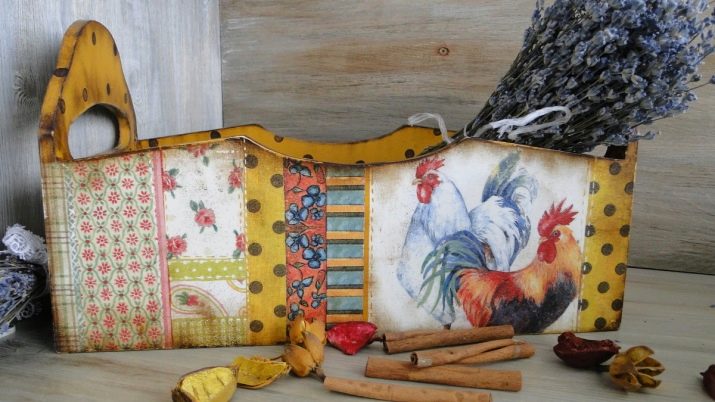
If the pre-revolutionary vintage is not particularly interesting for you, and everything urbanistic has set the teeth on edge, it's time to "heal" country. And even if you live in a city, in your apartment or house there can be a place for everything - including rural motives.
And when the basics of decoupage are comprehended, you will most likely start trying combined techniques (for example, decoupage and terra), and you will discover a lot of interesting things. Stylistic knowledge is good because many already amazing cases of interior transformations began with unpretentious decoupage. One novice craftswoman made a shabby chic-framed mirror, and after a couple of years her whole apartment was transformed.
Decor and decoupage in Provence style - in the next video.








